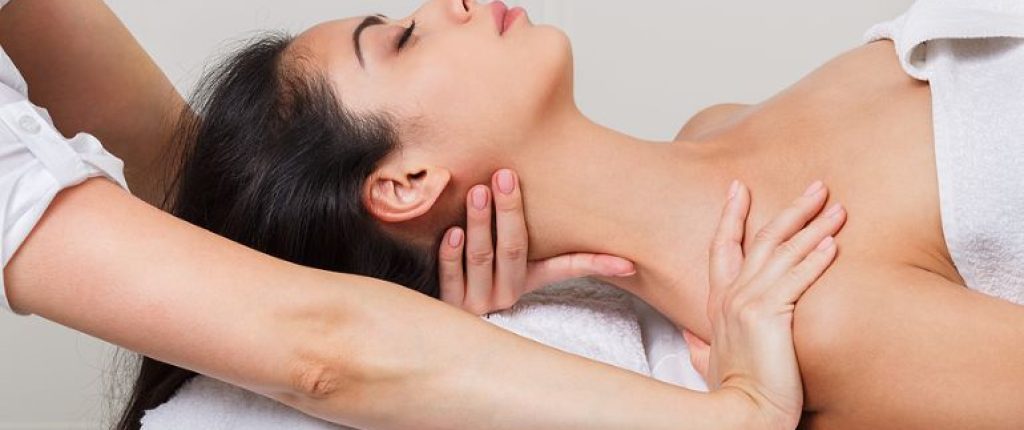When it comes to choosing the right massage therapy for your needs, understanding the key differences between Swedish and deep tissue massage is essential.
Both types of massage have their own unique benefits and cater to different needs and preferences, whether you’re looking to relax or to tackle chronic muscle tension. The more you know about them, the easier it is to choose one that’s right for you.
Understanding Swedish Massage
Swedish massage is one of the most popular and well-known types of massage. This type of tissue massage leverages long, smooth strokes, with rhythmic tapping and kneading of muscles. Swedish massage techniques are primarily focused on promoting relaxation, improving blood circulation, and reducing stress.
How Swedish Massage Works
In a typical Swedish massage, the therapist applies gentle pressure to release tension without causing discomfort.
The techniques used include effleurage (long strokes), petrissage (kneading), friction (circular motions), and tapotement (tapping). These movements aim to enhance relaxation, increase blood flow, and help the body relax.
Benefits Of A Swedish Massage
- Relaxes The Entire Body
- Improves Circulation
- Eases Muscle Tension
- Reduces Stress Levels
- Enhances Flexibility & Range Of Motion
- Promotes Overall Well-Being
Perfect for Those Needing Relaxation
If your primary goal is to relax and rejuvenate, Swedish massage is the ideal choice. It’s perfect for those who want to unwind, especially after a long and stressful day.
The gentle strokes and soothing movements help in calming both the mind and body, making it a favorite in spas around the world.
Who Should Consider Swedish Massage?
- Individuals Seeking Overall Relaxation
- Those With Minor Muscle Aches
- People Looking To Improve Circulation
- Anyone Wanting A Lighter, More Soothing Massage Experience
Deep Tissue Massage Explained
Deep tissue massage, as the name suggests, targets the deeper layers of muscles and connective tissues. This massage therapy is designed to address chronic muscle tension and tight knots that persist over time. Unlike Swedish massage, deep tissue involves more intense pressure and slower, firmer strokes.
How Deep Tissue Massage Works
By applying deep pressure and slow strokes, the therapist targets the muscles and connective tissues beneath the surface. Techniques such as myofascial release and cross-fiber friction are commonly used.
The focus here is on breaking down muscle adhesions and releasing connective tissue, which can help alleviate pain and improve mobility.
Benefits Of Deep Tissue Massage
- Alleviates Chronic Muscle Pain
- Breaks Down Scar Tissue
- Improves Muscle Function And Range Of Motion
- Reduces Inflammation
- Eases Muscle Tension
- Helps Manage Pain Related To Muscle Injuries
Ideal For Athletes & Those with Chronic Pain
Deep tissue massage is often recommended for athletes, people with chronic pain, and those recovering from injuries. The invigorating deep pressure helps in breaking down adhesions and improving muscle recovery, making it an excellent choice for individuals with more specific therapeutic needs.
Who Should Consider Deep Tissue Massage?
- Athletes & Physically Active People
- Individuals With Chronic Muscle Pain
- Those Recovering From Muscle Injuries
- People With Specific Areas Of Muscle Tension
Comparing Swedish Vs. Deep Tissue Massage
Understanding the critical differences between Swedish and deep tissue massage can help in making an informed decision. While both have their unique benefits, knowing which type of massage therapy suits your needs can enhance the overall massage experience.
Key Differences In Techniques
- Swedish Massage: Focuses on relaxation using light to moderate pressure through long, smooth strokes, kneading, and tapping.
- Deep Tissue Massage: Uses slow, deep strokes and firm pressure to target deeper muscle layers and connective tissues.
Benefits & Outcomes
Swedish massage primarily aims to relax and rejuvenate, making it ideal for stress reduction and improving circulation by loosening tension in the top layers of muscles. In contrast, deep tissue massage targets deeper muscle layers to repair and relieve chronic tension and injuries, making it effective for chronic pain and injury recovery.
Experience & Comfort
- Swedish massage is generally more comfortable and ideal for those new to massage.
- Deep tissue massage can sometimes cause discomfort due to intense pressure but leads to long-term muscle benefits.
FAQs
During a Swedish massage, you can expect gentle, relaxing strokes. It’s usually performed with the use of oils or lotions to facilitate smooth movements across your skin. The therapist might use a combination of effleurage, petrissage, friction, and tapotement to promote relaxation and improve circulation.
Deep tissue massage is especially beneficial for people with chronic muscle pain, athletes with ongoing muscle tension or injuries, and individuals with specific muscular issues like sciatica or fibromyalgia. Always inform your therapist about any health conditions to tailor the massage accordingly.
For relaxation and stress relief, a Swedish massage once or twice a month is typically sufficient. If you have chronic pain or muscle tension, you might benefit from more regular deep tissue massages, such as every week or bi-weekly, depending on your therapist's advice.
Sometimes, people might experience discomfort during a deep tissue massage due to the intense pressure. To avoid a poor massage experience, communicate openly with your therapist about your pain threshold and any discomfort during the session.
Massage, particularly deep tissue, can significantly enhance sports performance by alleviating muscle soreness, increasing flexibility, and improving circulation. It helps in faster recovery post-training sessions and reduces the risk of injuries.
Schedule Your Massage Today
Unlock the numerous benefits of professional massage therapy at Centennial Sports & Physical Therapy in Spokane, WA. Our expert therapists are here to help you choose the best massage type for optimal health and wellness. Schedule your appointment today and start your journey to better physical well-being.


